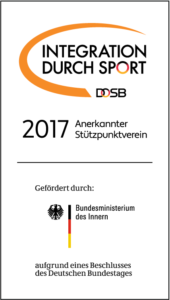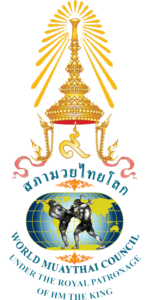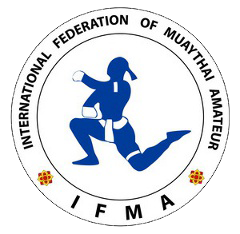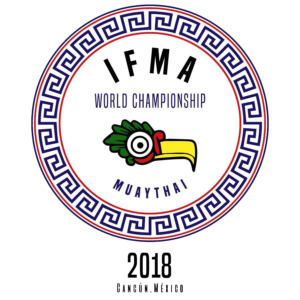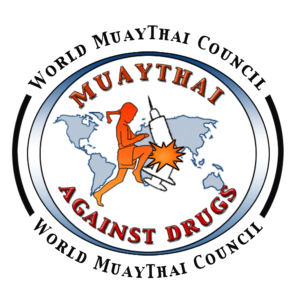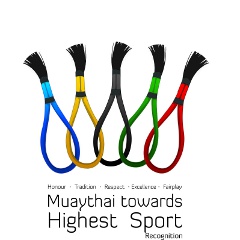Aid for solar, wind, hydro and cogeneration in the residential and micro sectors does not benefit from subsidies, subsidies and tax deductions. No feed-in tariff is available for these customers and Net-Metering is not available either. Cooperative and private electricity shared between separate properties is illegal. [85] A feed-in tariff of 9 c/kWh was available from Electric Ireland until December 2014 and was subsequently withdrawn without replacement. The income from this redemption indemnity was subject to income tax up to 58%. There are no other feed-in tariffs on a micrometric scale. [86] Until 2019, more than 50 countries, including Algeria, Australia, Austria, Belgium, Brazil, Canada, China, Cyprus, Czech Republic, Denmark, Estonia, France, Greece, Hong Kong, Hungary, Iran, Republic of Ireland, Israel, Italy, Kenya, Republic of Korea, Lithuania, Luxembourg, Netherlands, Malta, Pakistan, Portugal, South Africa, Spain, Switzerland, Tanzania, Thailand, Turkey and the United Kingdom. [12] In early 2012, Rajoy`s government in Spain suspended the remuneration for buying new projects. [13] People who signed the redemption fee when they were introduced in 2011 will receive a much more generous rate than those who signed up just before the end of the system. Another change to this system is that it pays for 20 years instead of 25 years.
This change, coupled with a lower payment rate, means that solar module systems (the most popular method under the program) take longer to pay for themselves. If your payments seem slow, check your buyback agreement to find out when you should expect it. Make sure you submit meter readings on time, otherwise your FIT licensee has nothing on which they can base their payments. If you miss the deadline, you may have to wait for the next meter reading period. At 2.10 ZAR/kWh, the price of concentric solar energy was lower than in Spain. The revised NERSA program was followed by extensive public consultation. In 2006, the Thai government adopted a tariff that adds to the avoided costs of utilities, differentiated according to the type of technology and the size of the generator and guaranteed for 7 to 10 years. Originally, photovoltaic tariffs were developed under 661/2007, due to their rapid growth, under a separate law.
The municipal companies of Palo Alto and Los Angeles have implemented feed-in tariff pilot programs: Palo Alto CLEAN (Clean Local Energy Accessible Now) is a power purchase program of up to 4 MW, produced by solar power installations in the CPAU power zone. In 2012, the minimum project size was 100 kW. Purchase rates range from 12,360¢/kWh to 14,003¢/kWh, depending on the duration of the contract. The city began accepting applications on April 2, 2012. [128] In 2011, after Fukushima, some local energy companies, mostly owned by villages and townships/provinces, began selectively offering their own tariff, creating a mini boom. . . .

